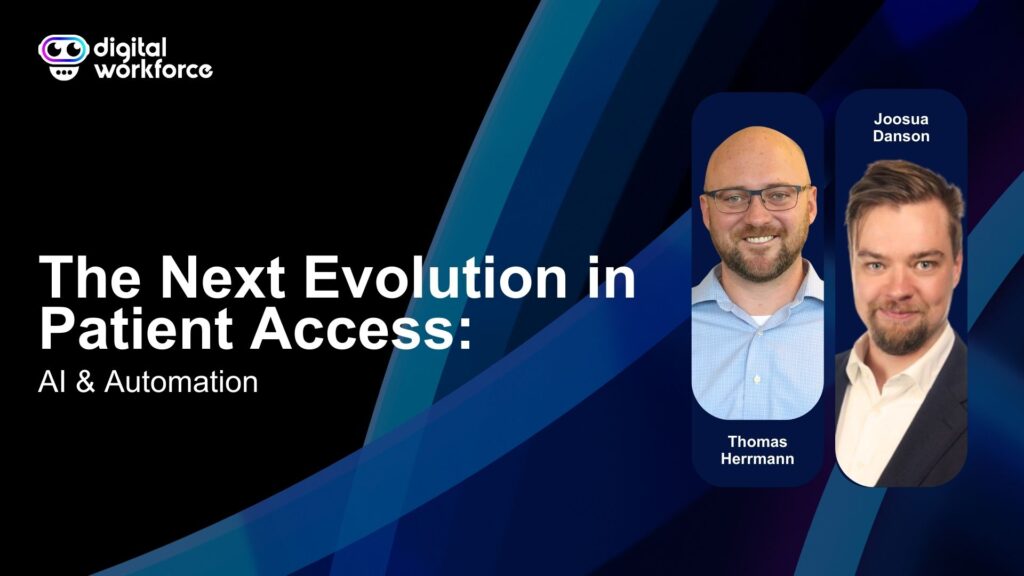To realize the full potential of Enterprise AI Agents, you need more than just a successful pilot. Building an operating model that allows you to scale effectively is essential.
Here are the key components to consider:
Agent Strategy
- Define the Vision: Start by articulating a clear vision for how AI Agents will fit into your organization’s long-term strategy. What role will they play in achieving business objectives? How will they complement existing systems and workflows?
- Set Measurable Goals: Establish specific, measurable goals for your AI Agent initiatives, like process efficiency, cost savings, or customer satisfaction improvements.
Opportunity Discovery Methodology
- Systematic Identification: Develop a methodology for systematically identifying and evaluating potential use cases across the organization through workshops, data analysis, and consultations with various departments.
- Prioritization Framework: Implement a framework to prioritize use cases based on factors like business impact, feasibility, and strategic alignment.
Governance Model
- Establish Oversight: Create a governance structure to oversee AI Agent deployment and operation. This includes setting up a steering committee or a center of excellence that ensures alignment with business objectives and ethical standards.
- Define Policies: Develop policies around the responsible use of AI, addressing data privacy, security, and compliance. Ensure these policies are well-documented and communicated across the organization.
Roles and Responsibilities
- Clarify Roles: Define clear roles and responsibilities for everyone involved in the AI Agent initiative. This includes the technical team, business leaders, process owners, and end-users.
- Empower Teams: Ensure teams have the authority and resources to drive AI Agent initiatives forward. This might involve training, access to tools, or dedicated project time.
Technology Platform
- Select the Right Tools: Choose a technology platform that supports the development, deployment, and management of AI Agents. This platform should be scalable, secure, and compatible with your existing IT infrastructure.
- Build a Flexible Architecture: Design an architecture that can accommodate future growth, allowing you to integrate additional AI capabilities as your needs evolve.
Delivery Capability/Methodology
- Agile Implementation: Adopt an agile delivery methodology for rapid iteration and continuous improvement. This will enable you to quickly adapt to changing requirements and learn from early deployments.
- Cross-Functional Collaboration: Encourage close collaboration between IT, business units, and data scientists to ensure that AI Agent implementations are technically sound and aligned with business needs.
Maintenance Operation
- Ongoing Monitoring: Set up processes for ongoing monitoring and maintenance of AI Agents. This includes tracking performance, identifying potential issues, and making necessary adjustments to ensure continued effectiveness.
- Continuous Improvement: Create a feedback loop where insights from the maintenance operation feed back into the development process, driving continuous improvement and optimization.
Proving Value and Building Foundations
In the initial proof of value phase, your goal is to build a robust technology platform and delivery methodology while gathering insights for the other pillars of your AI Agent operating model. This phase should focus on:
Technology Setup:
Ensure that your technology platform is configured to support not just the initial use case but future scalability. This includes setting up the necessary infrastructure, integrating with existing systems, and establishing security protocols.

Process Documentation:
Document every delivery process step, from use case selection to deployment. This documentation will serve as a blueprint for future projects, helping to standardize processes and reduce time-to-value.

Insight Collection:
Actively collect insights and feedback throughout the pilot. These insights will be invaluable in refining your strategy, improving the governance model, and identifying new opportunities for AI Agent deployment.
Moving Forward: Scaling for Competitive Advantage
As your AI Agent initiative matures, the insights and foundations established during the pilot phase will enable you to scale effectively. By continuously refining your operating model and expanding the range of use cases, your organization can leverage AI Agents as a key competitive advantage.
The journey from understanding to action is critical. By selecting the right use case, building a strong foundation, and focusing on continuous improvement, you’ll prove the value of AI Agents and set the stage for long-term success in the rapidly evolving digital landscape.
Contact us to help you find the ideal use case for AI Agents in your organization.


